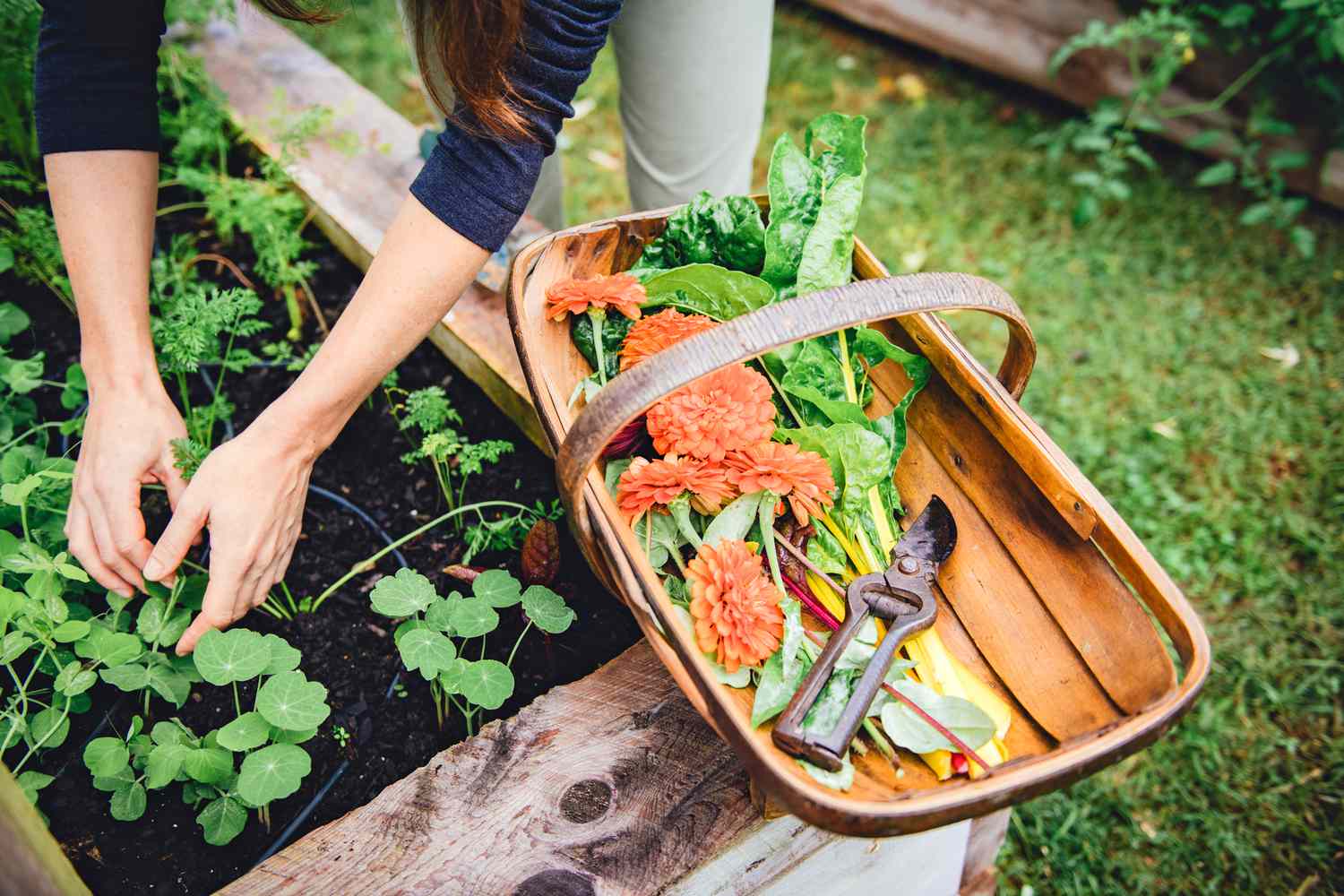

Articles
How To Grow Garden
Modified: March 24, 2024
Discover the best tips and tricks for successful gardening with our comprehensive guide. Learn how to grow a vibrant and thriving garden with expert advice on plant selection, soil preparation, and maintenance.
(Many of the links in this article redirect to a specific reviewed product. Your purchase of these products through affiliate links helps to generate commission for Storables.com, at no extra cost. Learn more)
Introduction
Welcome to the wonderful world of gardening! Whether you’re a seasoned gardener or just starting out with a green thumb, you’re in for a rewarding journey. Gardening is not only a fulfilling hobby but also an opportunity to connect with nature, nurture beautiful plants, and enjoy the fruits of your labor.
In this comprehensive guide, we will explore the essential steps to help you grow a thriving garden. From finding the ideal location to harvesting your crops, we’ll cover everything you need to know to create your own personal oasis.
Gardening offers a multitude of benefits, both for our physical and mental well-being. It provides an opportunity to escape the hustle and bustle of daily life, reconnect with the earth, and create a tranquil space that rejuvenates our souls. Additionally, cultivating our own vegetables and herbs allows us to enjoy fresh, organic produce right from our backyard.
But before we dig into the practicalities, it’s important to note that every garden is unique. Factors such as climate, soil type, and available sunlight will influence the success of your garden. Therefore, it’s essential to adapt the tips and techniques mentioned here to your specific circumstances.
Now, let’s roll up our sleeves and get started on this gardening adventure. From choosing the right location to protecting your garden from pests, we’ll cover each step in detail. Whether you have a spacious backyard, a small balcony, or even just a windowsill, we’ll help you transform your space into a vibrant garden.
So, grab your gardening tools, put on your sun hat, and let’s dive into the art of cultivating nature’s beauty! Within these pages, you’ll find inspiration, guidance, and a wealth of knowledge to help you grow the garden of your dreams.
Key Takeaways:
- Create a thriving garden by choosing the right location, preparing the soil, and selecting the best seeds. Embrace the joy of gardening and enjoy the beauty of nature in your own backyard.
- Protect your garden from pests and diseases, maintain soil health, and continue learning to ensure a bountiful harvest and the beauty of nature in your own backyard. Happy gardening!
Read more: How To Grow Cucumbers In Containers
Choosing the Right Location for Your Garden
When it comes to gardening, location is everything. Picking the right spot for your garden can make all the difference in the success of your plants. Here are some crucial factors to consider when choosing the perfect location:
- Sunlight: Most plants require at least 6 hours of direct sunlight daily. Observe the sun patterns in your yard to determine which areas receive the most sun. Avoid placing your garden under large trees or in the shadow of buildings.
- Soil Quality: Assess the quality of your soil. It should be well-draining, fertile, and rich in organic matter. Conduct a soil test to determine the pH level and nutrient composition. This will help you understand if amendments are needed to optimize the soil for your plants.
- Proximity to Water Sources: Easy access to a water source is essential for irrigation purposes. Consider the proximity to outdoor faucets or the availability of a water-harvesting system, such as rain barrels.
- Protection from Extremes: Avoid placing your garden in areas prone to strong winds or frost pockets. Excessive winds can damage delicate plants, while frost pockets can harm frost-sensitive crops.
- Space: Assess the available space in your garden. Consider the size of your plants when fully grown and ensure they have enough room to flourish without overcrowding.
Once you’ve evaluated these factors, you can determine the most suitable location for your garden. Remember, gardening is adaptable, and even if you have limited space, you can still cultivate a thriving garden using containers or vertical gardening techniques.
In addition to the physical factors, it’s important to consider the convenience and visibility of your garden. Placing it near your home or a frequently visited area will make it easier to tend to and enjoy your gardening efforts.
Now that you’ve selected the ideal location for your garden, it’s time to prepare the soil and get it ready for planting. In the next section, we will delve into the essential steps of soil preparation to create a nourishing foundation for your plants.
Preparing the Soil
Preparing the soil is a critical step in setting up your garden for success. Healthy soil provides the necessary nutrients and a supportive environment for your plants to thrive. Follow these steps to prepare your soil:
- Clear the Area: Start by clearing any existing weeds, rocks, or debris from the area where your garden will be located. This will help create a clean canvas for your plants.
- Loosen the Soil: Use a garden fork or tiller to loosen the soil to a depth of at least 8-12 inches. This process helps break up compacted soil, improves drainage, and allows plant roots to penetrate easily.
- Amend the Soil: Assess your soil’s nutrient content and pH levels. Based on the results of a soil test, you may need to amend the soil with organic matter, such as compost, well-rotted manure, or peat moss. These amendments enrich the soil, improve its structure, and enhance water retention.
- Mix in Organic Fertilizer: Incorporate a balanced organic fertilizer into the soil while tilling. This will provide the necessary nutrients, such as nitrogen, phosphorus, and potassium, to support plant growth.
- Level and Rake: After incorporating the amendments and fertilizer, level the soil surface with a rake. This helps create an even planting surface and ensures consistent water distribution.
- Water the Soil: Before planting, thoroughly water the soil to provide moisture and help settle the amendments. This will create a favorable environment for roots to establish themselves.
Once you’ve prepared the soil, you’re ready to move on to the next step: selecting and planting the seeds. Remember, soil preparation sets the foundation for a healthy and productive garden. By providing the right conditions for your plants, you’re setting them up for success.
In the upcoming section, we will explore the process of selecting the right seeds for your garden and the techniques involved in planting them. Stay tuned!
Selecting and Planting Seeds
The process of selecting and planting seeds is an exciting phase in your gardening journey. It offers endless possibilities and allows you to customize your garden based on your preferences and goals. Here’s a step-by-step guide to help you make the most out of this stage:
- Choose Your Plants: Consider the types of plants you want to grow in your garden. Are you interested in flowers, vegetables, herbs, or a combination? Research the specific requirements of each plant, including sunlight, water needs, and spacing, to ensure they are compatible with your garden’s conditions.
- Purchase Quality Seeds: Buy high-quality seeds from reputable sources such as garden centers, nurseries, or online suppliers. Choosing seeds from reliable sources increases the chances of successful germination and healthy plants.
- Timing is Key: Determine the optimal time for planting each type of seed. Some plants thrive in cool weather and can be planted early in the season, while others prefer warmer temperatures and should be sown later. Consult a planting calendar or seek advice from local gardening resources to determine the best time for your region.
- Prepare Seedbeds: Prepare designated seedbeds in your garden for sowing the seeds. Clear the area of debris, loosen the soil, and create furrows or holes according to the planting instructions for each seed type.
- Sow the Seeds: Follow the planting instructions provided on the seed packet. Generally, the depth and spacing requirements will be mentioned. Gently place the seeds in the furrows or holes and cover them with soil. Pat the soil gently to ensure good seed-to-soil contact.
- Water the Seeds: After sowing the seeds, water the area thoroughly but gently. Use a watering can or a gentle spray to prevent disturbing the seeds. Ensure the soil remains evenly moist until the seeds germinate.
- Label and Monitor: Label each seedbed to keep track of the planted varieties. Regularly monitor the soil moisture and the progress of germination. Remove any weeds that may appear to prevent competition for nutrients and sunlight.
Remember that patience is key when it comes to seed germination. Some plants may sprout quickly, while others may take a few weeks. Be diligent in providing the necessary care, such as watering and protection from pests, to help your seeds thrive.
As your seeds start to sprout and grow, it’s important to establish a proper watering and irrigation routine. In the next section, we will delve into different watering techniques to ensure your plants receive the right amount of moisture for healthy growth.
Watering and Irrigation Techniques
Proper watering is essential for the health and vitality of your garden. Plants rely on a consistent and adequate water supply to grow and produce a bountiful harvest. Here are some effective watering and irrigation techniques to help you maintain optimal moisture levels:
- Hand Watering: Hand watering is a simple and direct method of providing moisture to your plants. Use a watering can or hose with a gentle spray attachment to water the base of the plants, avoiding getting the foliage excessively wet. Ensure that the water reaches the root zone of the plants.
- Drip Irrigation: Drip irrigation is a water-efficient technique that delivers water directly to the root zone of each plant. This method prevents water wastage and reduces the risk of fungal diseases. Install a drip irrigation system composed of tubes with emitters that slowly release water near plant roots.
- Sprinkler Irrigation: Sprinkler irrigation is suitable for larger areas or gardens with a wide variety of plants. Sprinklers distribute water overhead, mimicking rainfall. Ensure the water is evenly distributed, and adjust the positioning of the sprinklers to avoid wasting water on non-plant areas.
- Soaker Hoses: Soaker hoses are porous hoses that release water slowly along their entire length. Lay them around the base of your plants, allowing the water to seep into the soil and reach the roots. Soaker hoses minimize water evaporation and deliver moisture directly to the root zone.
- Automatic Irrigation Systems: Install an automatic irrigation system such as a timer-controlled sprinkler or drip system. These systems provide convenience and precision in watering, ensuring your plants receive consistent moisture on a scheduled basis.
Regardless of the watering method you choose, it’s important to consider a few key points:
- Water your garden early in the day to minimize water loss due to evaporation. Avoid watering in the evening or at night, as prolonged moisture on plant foliage can promote fungal diseases.
- Focus on watering the root zone of your plants rather than sprinkling water on the leaves. This helps prevent the spread of diseases and ensures the water reaches the areas that need it the most.
- Monitor the soil moisture regularly. Stick your finger into the soil to assess the moisture level. If it feels dry, it’s time to water. Be mindful not to overwater, as it can lead to root rot and other issues.
- Adjust your watering routine based on weather conditions. During hot and dry periods, you may need to water more frequently, while cooler and rainy periods may require less watering.
By following these watering and irrigation techniques, you’ll provide your plants with the essential moisture they need to grow and flourish. In the next section, we’ll explore effective weed control and mulching techniques to maintain a healthy and weed-free garden.
Tip: Choose the right location for your garden with plenty of sunlight and good drainage. Test your soil and amend it with organic matter for optimal plant growth.
Read more: How To Grow Carrots In Containers
Weed Control and Mulching
Weeds are the unwanted guests that can invade your garden and compete with your plants for resources. To keep your garden healthy and thriving, it’s important to implement effective weed control techniques. One of the most valuable methods is mulching. Let’s explore how to tackle weeds and the benefits of mulching:
Weed Control Techniques:
- Hand Pulling: One of the simplest ways to control weeds is to manually remove them by hand. Put on a pair of gardening gloves and carefully pull weeds from the base to ensure you remove the entire root system.
- Mulching: Applying a layer of mulch around your plants not only helps control weeds but also offers numerous other benefits. We’ll explore the advantages of mulching in more detail shortly.
- Use of Mulch Mats or Landscape Fabric: Place mulch mats or landscape fabric around your plants to suppress weed growth. These materials prevent sunlight from reaching weed seeds, inhibiting their germination and growth.
- Weed Barrier: Installing a weed barrier, such as plastic or fabric, beneath your garden bed can limit weed growth. Ensure the barrier is properly anchored and has holes for water drainage.
- Organic Weed Control: Utilize organic weed control methods, such as vinegar-based herbicides or boiling water, to target weeds without harming your plants or the environment. However, exercise caution when using these methods, as they may also affect desirable plants if not applied carefully.
The Benefits of Mulching:
Mulching not only helps control weeds but also provides several additional benefits for your garden:
- Moisture Retention: Mulch acts as a protective layer that reduces evaporation, helping to retain soil moisture. This is particularly beneficial during hot and dry periods.
- Temperature Regulation: Mulch helps regulate soil temperature by insulating it. It keeps the soil cooler in hot weather and warmer during colder periods, providing a more stable environment for plant roots.
- Improved Soil Health: As the mulch breaks down over time, it enriches the soil with organic matter, improving its structure, fertility, and ability to retain nutrients.
- Prevents Soil Erosion: Mulching protects the soil surface from heavy rains and irrigation, preventing erosion and the loss of valuable topsoil.
- Aesthetically Pleasing: A well-mulched garden has a neat and tidy appearance, enhancing its visual appeal.
When applying mulch, ensure it is at an appropriate depth of around 2-4 inches, leaving space around the base of plants to prevent moisture-related issues. Organic materials such as wood chips, straw, leaves, or compost make excellent choices for mulching.
Implementing these weed control techniques and incorporating mulching into your gardening routine will help create a healthier, lower-maintenance garden. In the next section, we’ll explore the importance of fertilizing your garden for optimal plant growth and productivity.
Fertilizing Your Garden
Fertilizing is a crucial aspect of gardening that ensures your plants receive the necessary nutrients for healthy growth and abundant harvests. While soil amendments and organic matter provide a good foundation, additional fertilization can give your plants an extra boost. Here’s what you need to know about fertilizing your garden:
Types of Fertilizers:
There are two main types of fertilizers: organic and synthetic.
- Organic Fertilizers: These fertilizers are derived from natural sources such as compost, animal manure, bone meal, and seaweed. They release nutrients slowly, improving soil structure and promoting beneficial microbial activity.
- Synthetic Fertilizers: Also known as chemical fertilizers, these are manufactured products with specific nutrient compositions. They provide immediate nutrient availability to plants but may have a higher risk of leaching and environmental impacts if not used appropriately.
When to Fertilize:
Timing is crucial when it comes to fertilizing your garden:
- Pre-Planting: Before planting, incorporate a balanced organic fertilizer or compost into the soil. This helps provide essential nutrients for the initial growth of your plants.
- During Growth: Monitor the growth of your plants and fertilize accordingly. Leafy vegetables, for example, benefit from nitrogen-rich fertilizers during their growth stage, while fruiting vegetables may require more phosphorus and potassium for improved fruit production.
- Top-Dressing: Apply a layer of compost or well-rotted manure around the base of your plants during the growing season. This serves as a slow-release fertilizer and adds valuable organic matter to the soil.
- Foliar Feeding: In addition to soil application, foliar feeding involves spraying liquid fertilizers directly onto the leaves of plants. This method provides quick nutrient absorption and is especially beneficial for addressing nutrient deficiencies.
Application Techniques:
Proper application techniques help ensure efficient nutrient uptake:
- Follow Instructions: Read and follow the instructions provided by the fertilizer manufacturer. This will help you determine the appropriate quantity and frequency of application.
- Avoid Over-Fertilization: Applying excessive amounts of fertilizer can lead to nutrient imbalances, burn plant roots, and harm beneficial soil organisms. Always apply fertilizers in moderation.
- Even Distribution: Spread the fertilizer evenly around the root zone of your plants. Avoid direct contact with the stems or foliage, as this may cause damage.
- Watering: After applying fertilizer, water the garden thoroughly. This helps dissolve the nutrients and ensures they penetrate into the root zone.
By providing the appropriate nutrients at the right time, you’ll promote healthy plant growth, enhance productivity, and increase the resilience of your garden against diseases and pests.
In the next section, we’ll explore essential techniques for protecting your garden from pests, diseases, and other potential threats.
Protecting Your Garden from Pests and Diseases
Protecting your garden from pests and diseases is essential to ensure the health and vitality of your plants. While it’s nearly impossible to have a pest-free garden, implementing preventive measures and early detection can minimize damage and keep your plants thriving. Here’s how to protect your garden:
1. Regular Inspection:
Regularly inspect your plants for any signs of pests or diseases. Look for chewed leaves, wilting, discoloration, abnormal growth, or the presence of insects. Early detection allows you to take prompt action and prevent further spread.
2. Companion Planting:
Utilize the concept of companion planting by growing certain plants together to deter pests. For example, marigolds and nasturtiums can repel insects, while herbs like basil and rosemary can discourage pests such as aphids.
3. Cultural Practices:
Implement good cultural practices to promote plant health and discourage pests and diseases. This includes proper watering techniques, adequate spacing between plants for air circulation, and removing dead or diseased plant material promptly.
4. Natural Predators:
Encourage natural predators like ladybugs, spiders, and birds to inhabit your garden. These creatures prey on common garden pests, helping to keep the pest population in check naturally.
5. Organic Pest Control:
Consider using organic pest control methods such as neem oil, insecticidal soap, or homemade sprays made from ingredients like garlic or chili pepper. These options are less harmful to beneficial insects and the environment.
6. Physical Barriers:
Protect vulnerable plants from pests by using physical barriers such as netting, row covers, or mesh. These barriers help prevent insects from reaching and damaging your plants.
7. Crop Rotation:
Rotate your crops each season to disrupt pest and disease cycles. This practice reduces the likelihood of pests and diseases building up in the soil, as different plants have varying susceptibility.
8. Proper Sanitation:
Maintain good garden hygiene by removing fallen leaves, plant debris, and weeds. These can serve as breeding grounds for pests and disease pathogens.
By employing these protective measures and staying vigilant, you can minimize the impact of pests and diseases in your garden and promote the overall health of your plants.
In the next section, we’ll explore the art of harvesting and maintaining your garden to ensure continuous enjoyment and productivity.
Harvesting and Maintaining Your Garden
Harvesting the fruits, vegetables, and herbs from your garden is an exciting and rewarding experience. However, your gardening journey doesn’t end there. Proper garden maintenance is crucial to ensure the ongoing health and productivity of your plants. Here are some tips on harvesting and maintaining your garden:
1. Harvesting:
For the best flavor and nutritional value, harvest your crops at the peak of maturity. Here are some general guidelines for harvesting common types of plants:
- Vegetables: Harvest leafy greens when the leaves are young and tender. Pick fruits and vegetables when they have reached the desired size, color, or firmness.
- Herbs: Harvest herbs by snipping off individual leaves or stems. This encourages branching and helps the plants produce more foliage.
- Fruits: Harvest fruits when they are fully ripe and easily detach from the plant. Different fruits have different indicators of ripeness, such as changes in color, taste, or texture.
Harvesting your crops regularly not only allows you to enjoy the delicious produce but also encourages the plants to continue producing throughout the growing season.
2. Pruning and Trimming:
Regularly prune and trim your plants to maintain their shape, remove dead or diseased parts, and encourage good airflow. This helps prevent the spread of diseases and increases sunlight penetration, promoting overall plant health.
3. Mulching and Watering:
Continue to mulch around your plants to conserve moisture, suppress weeds, and regulate soil temperature. Water your garden as needed, ensuring plants receive adequate hydration, particularly during hot and dry periods.
4. Pest and Disease Management:
Monitor your garden for pests and diseases, and take appropriate action if any issues arise. Promptly address pest infestations or signs of disease by using organic pest control methods or seeking advice from local garden experts.
5. Soil Maintenance:
Nurture the health of your soil by adding organic matter, such as compost or well-rotted manure, regularly. This replenishes nutrients and improves soil structure. Consider conducting soil tests every few years to assess its pH and nutrient levels and make necessary adjustments.
6. Crop Rotation:
Practice crop rotation each season to prevent the buildup of pests and diseases in your garden. Rotating the placement of plant families helps maintain the health of the soil and reduces the risk of recurring issues.
7. Continuous Learning:
Keep expanding your knowledge by reading gardening books, attending workshops, or joining gardening communities. Gardening is a continuous learning process, and staying informed about new techniques and plant varieties can enhance your results.
By following these maintenance practices, you’ll keep your garden healthy and productive, allowing you to enjoy bountiful harvests and the beauty of nature in your own backyard.
As we wrap up this guide, we hope you’ve gained valuable insights and inspiration to create and maintain your own thriving garden. Happy gardening!
Read more: How To Grow Sweet Potatoes In Containers
Conclusion
Congratulations! You have completed this comprehensive guide to growing a thriving garden. We hope that this journey has provided you with valuable insights, practical tips, and the inspiration needed to create a beautiful and productive garden of your own.
Gardening is not just about nurturing plants; it’s about forging a connection with nature, finding solace in the soil, and witnessing the miracles of life as seeds transform into flourishing plants. It is a journey that nourishes the mind, body, and soul.
Throughout this guide, we have covered essential topics such as choosing the right location, preparing the soil, selecting and planting seeds, watering and irrigation techniques, weed control and mulching, fertilizing your garden, and protecting it from pests and diseases. By following these steps and incorporating them into your gardening routine, you’re well on your way to gardening success.
Remember, gardening is a constant learning process. Each season brings new challenges and opportunities. Stay curious, stay adaptable, and embrace the joy of gardening as it unfolds before you. Observe the changing seasons, be amazed by the resilience of plants, and find satisfaction in the fruits of your labor.
But most importantly, relish in the moments spent in your garden. Whether it’s savoring the first taste of a homegrown tomato, admiring a blooming flower, or simply enjoying the tranquility of nature, let your garden be a sanctuary that rejuvenates your spirit.
As you embark on this gardening adventure, don’t forget to share your knowledge and experiences with fellow gardeners. Join gardening communities, participate in local events, and inspire others to discover the joys of nurturing their own slice of paradise.
From small balcony gardens to sprawling backyard oasis, every garden holds the potential for beauty and abundance. Embrace the challenges, find joy in the process, and watch your garden flourish. Remember, with patience, dedication, and a touch of creativity, you can create a garden that reflects your personality and brings you endless joy.
So, grab your tools, put on your gardening gloves, and let the journey unfold. May your garden be a testament to your love for nature and a source of joy for years to come.
Happy gardening!
Frequently Asked Questions about How To Grow Garden
Was this page helpful?
At Storables.com, we guarantee accurate and reliable information. Our content, validated by Expert Board Contributors, is crafted following stringent Editorial Policies. We're committed to providing you with well-researched, expert-backed insights for all your informational needs.
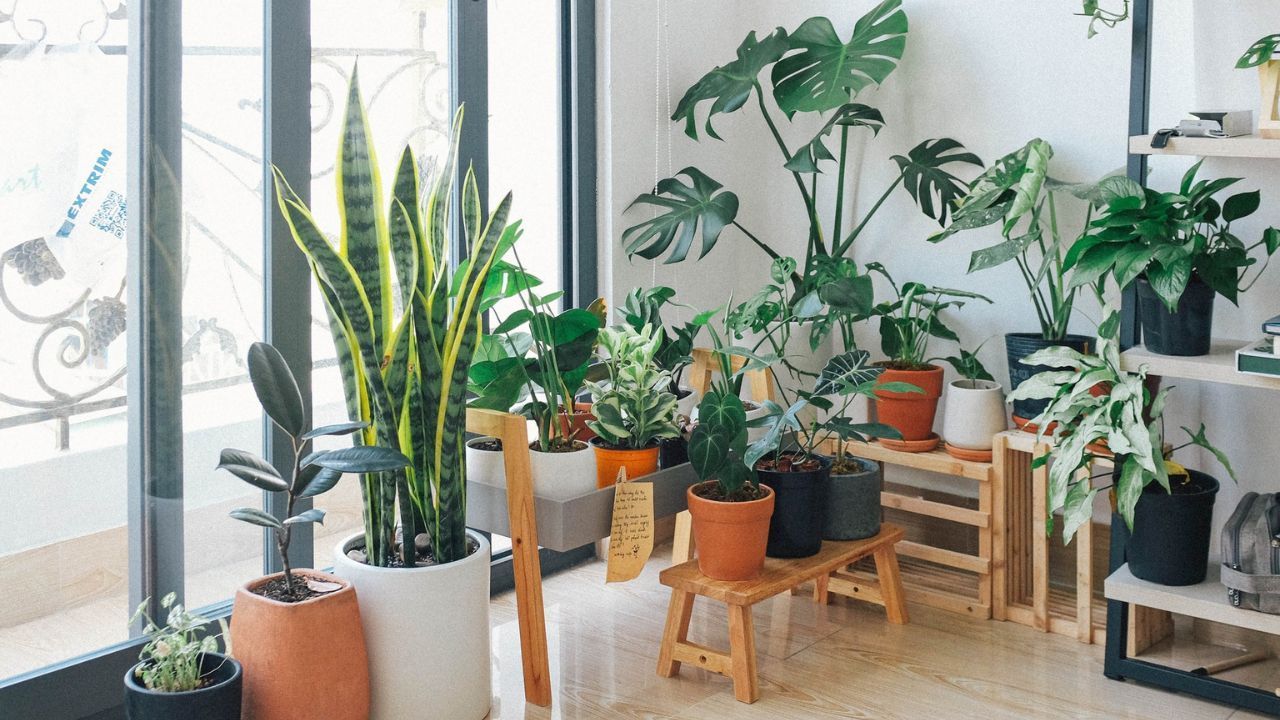
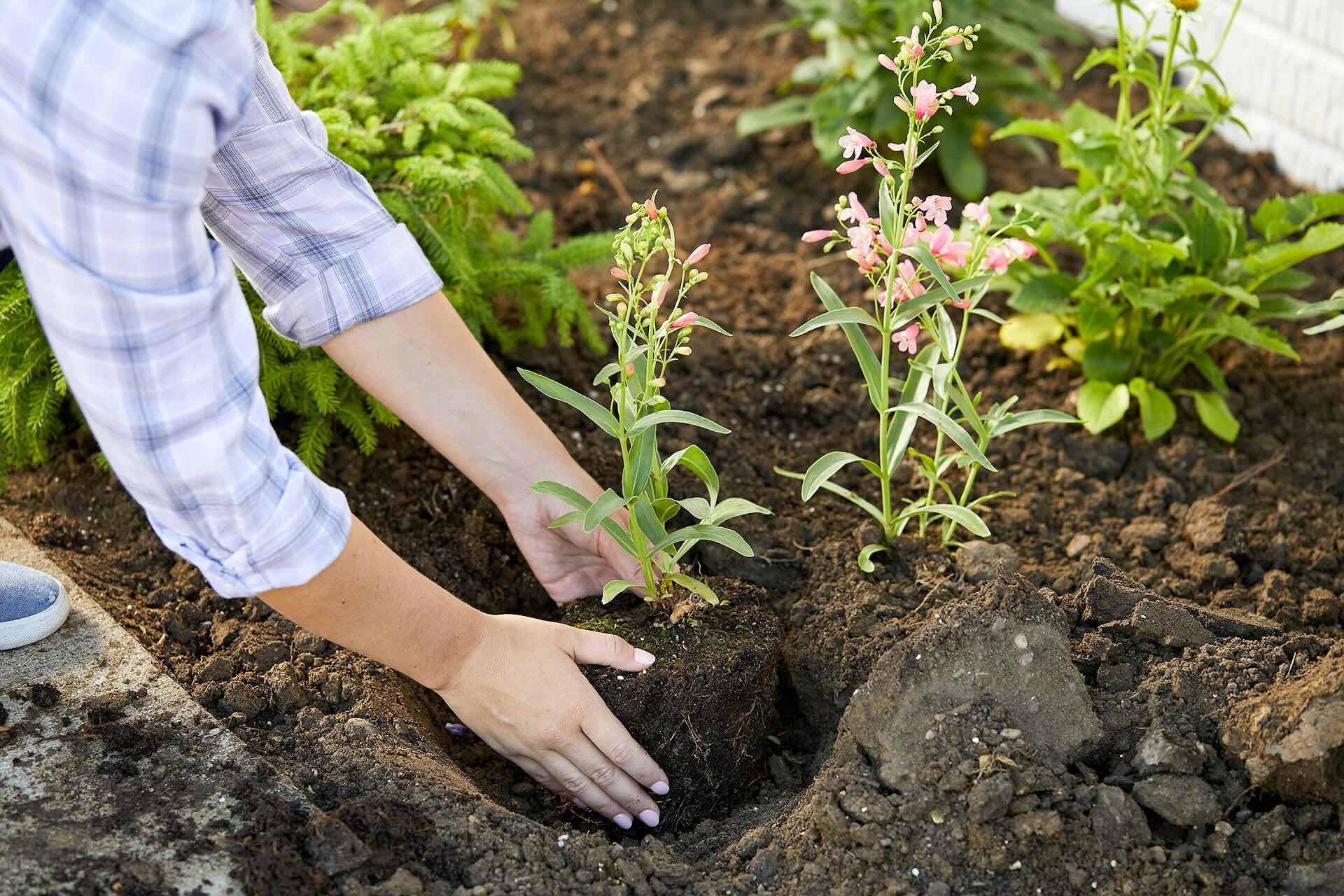
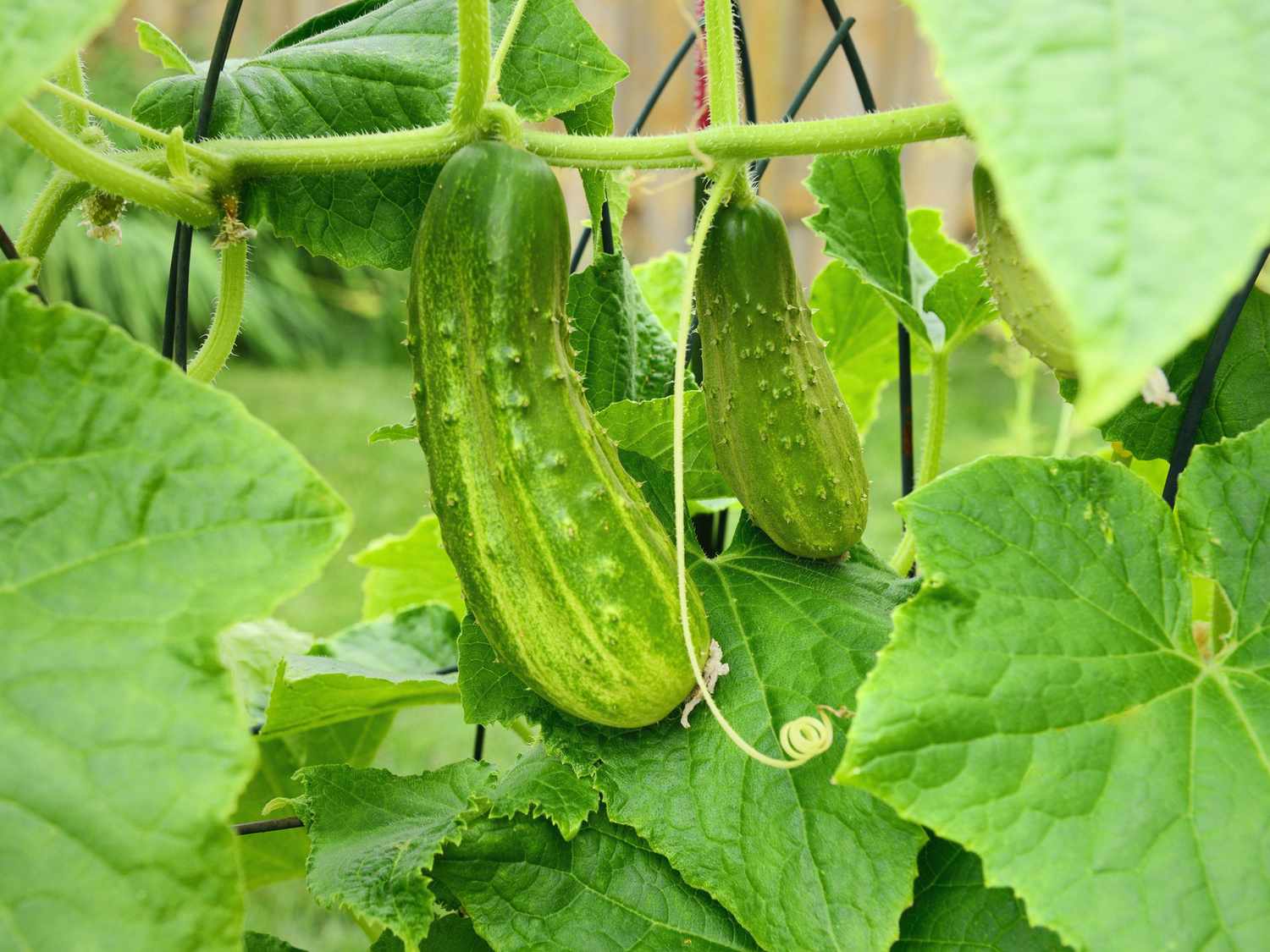
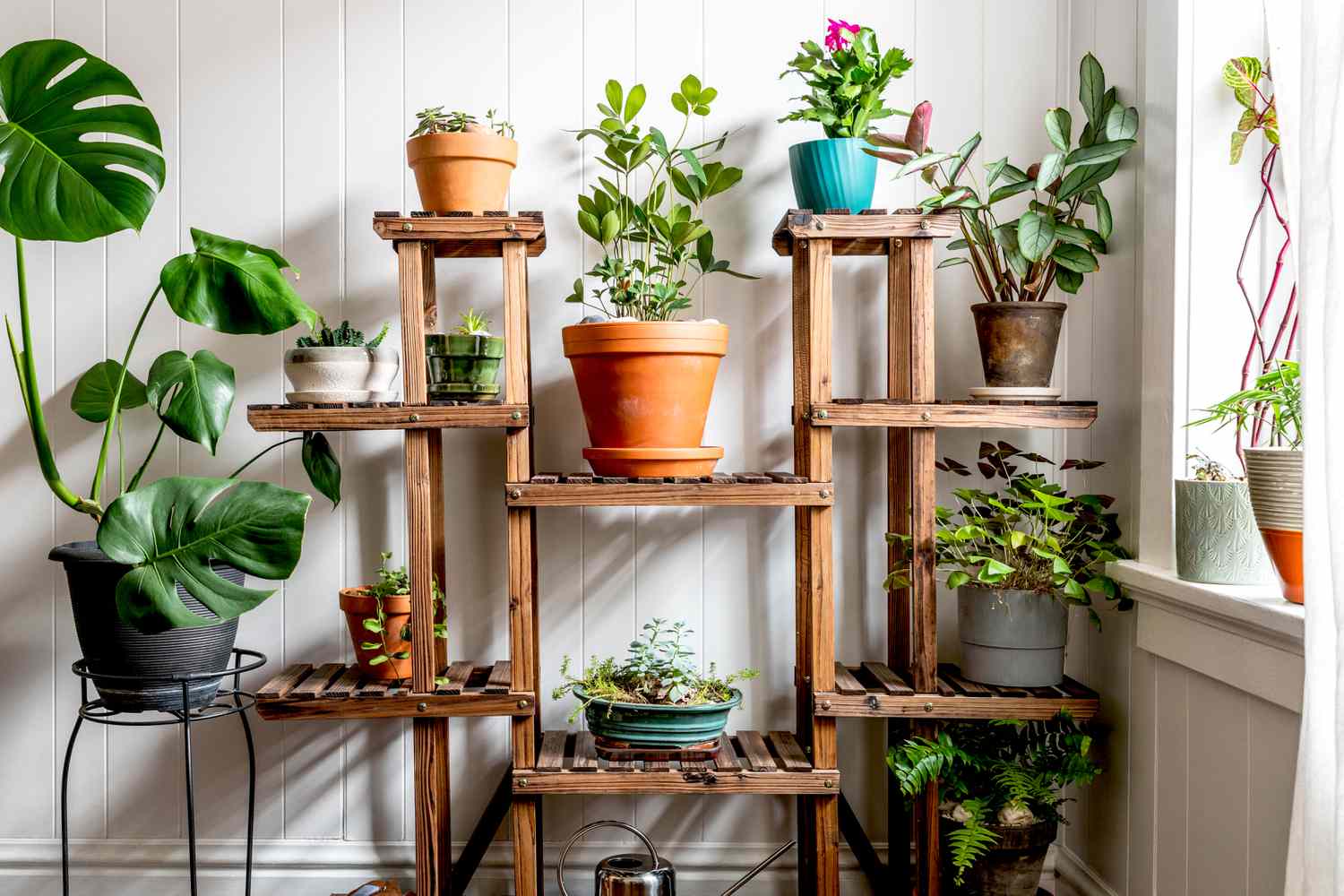
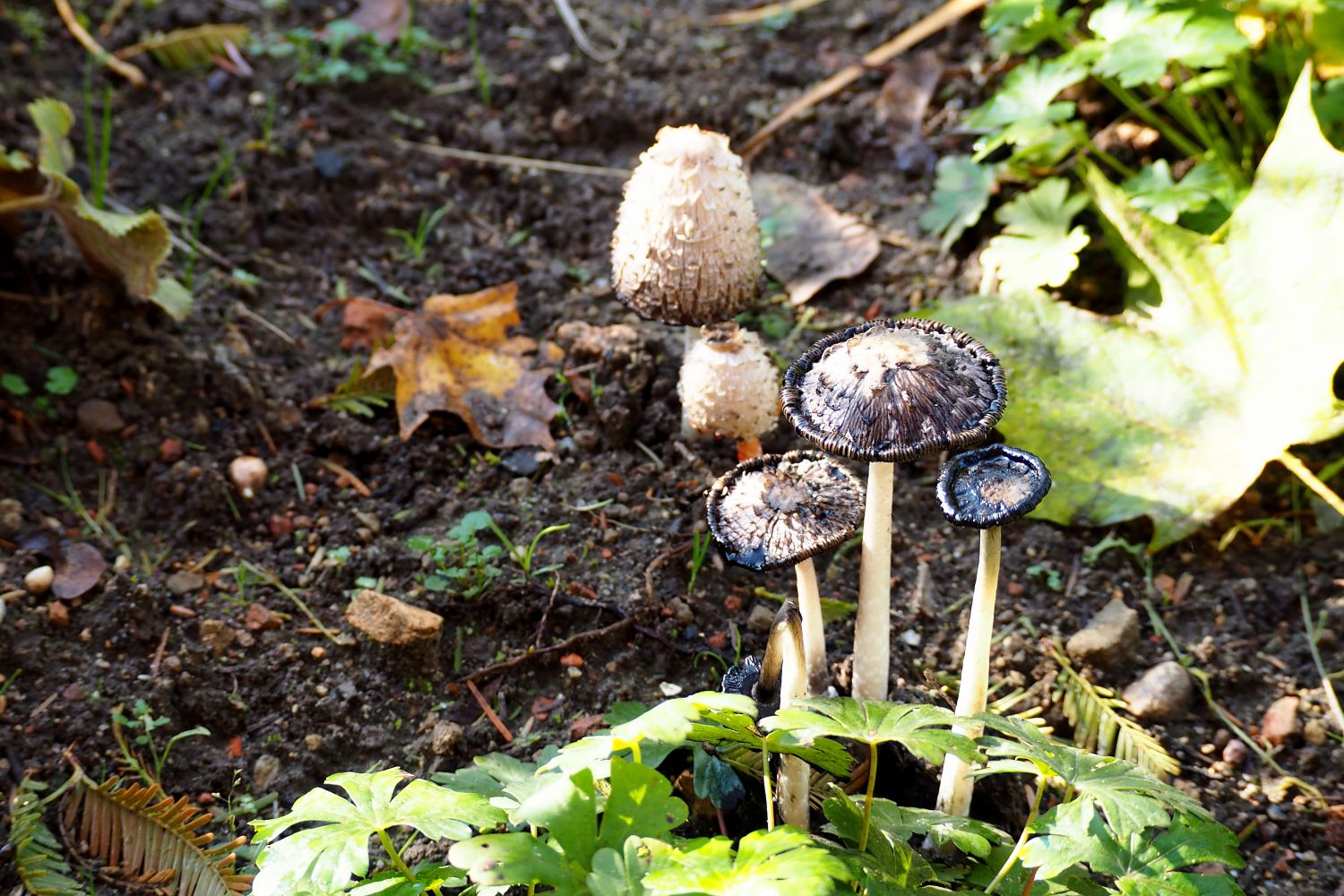
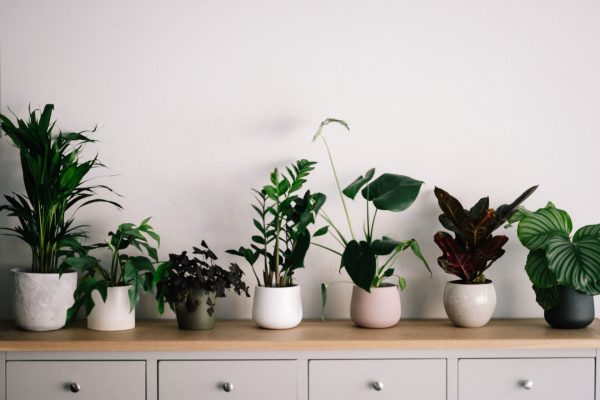
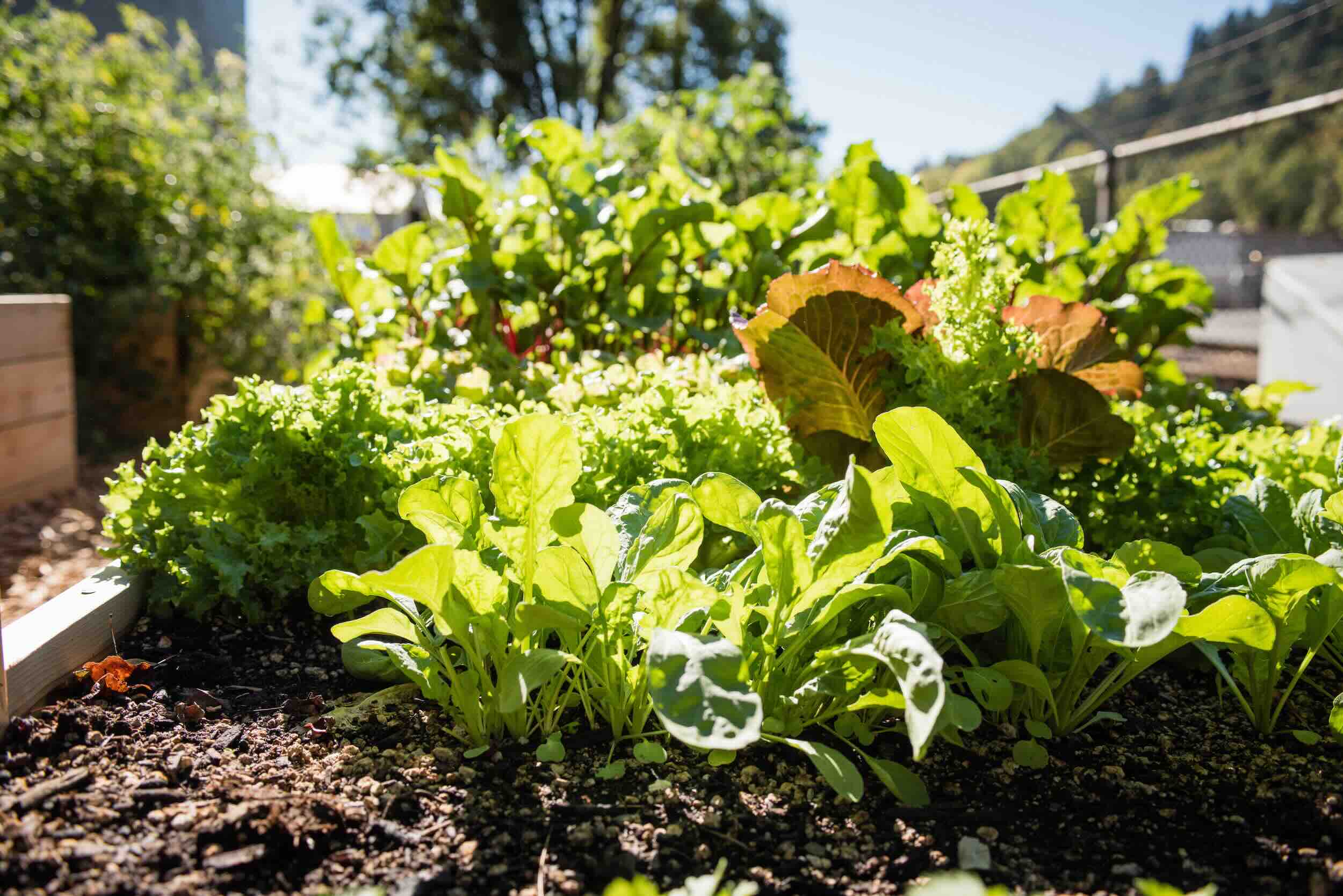
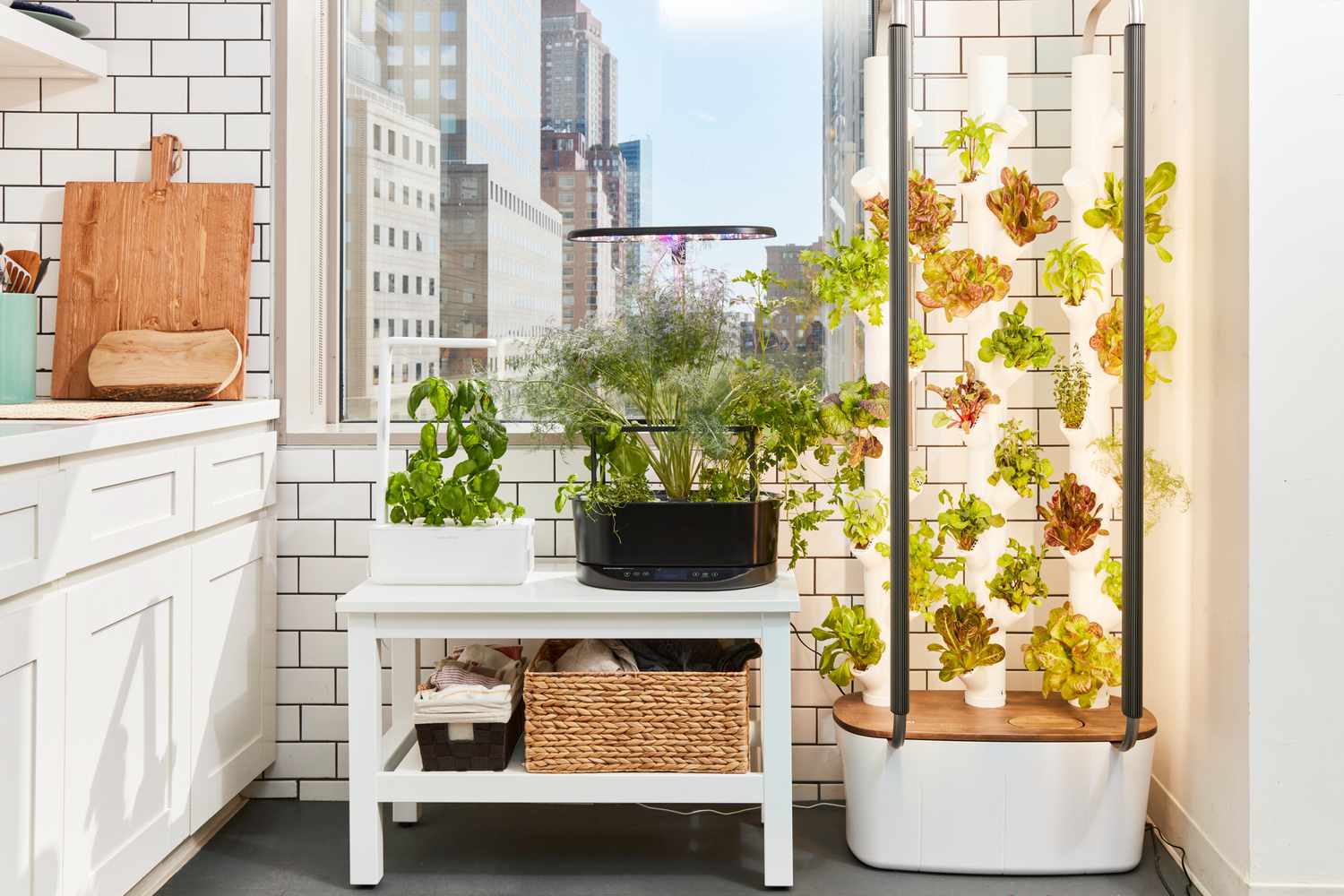
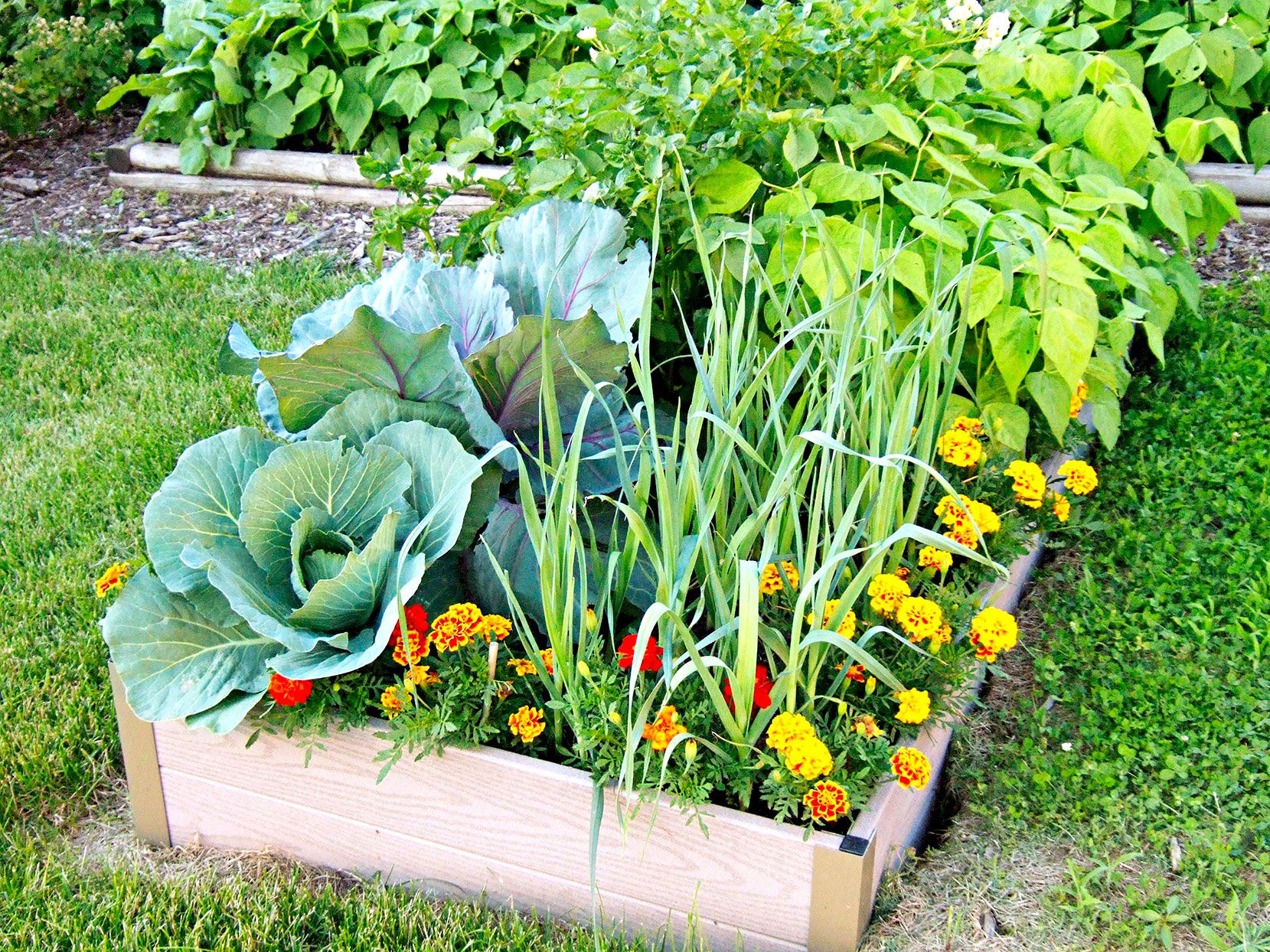
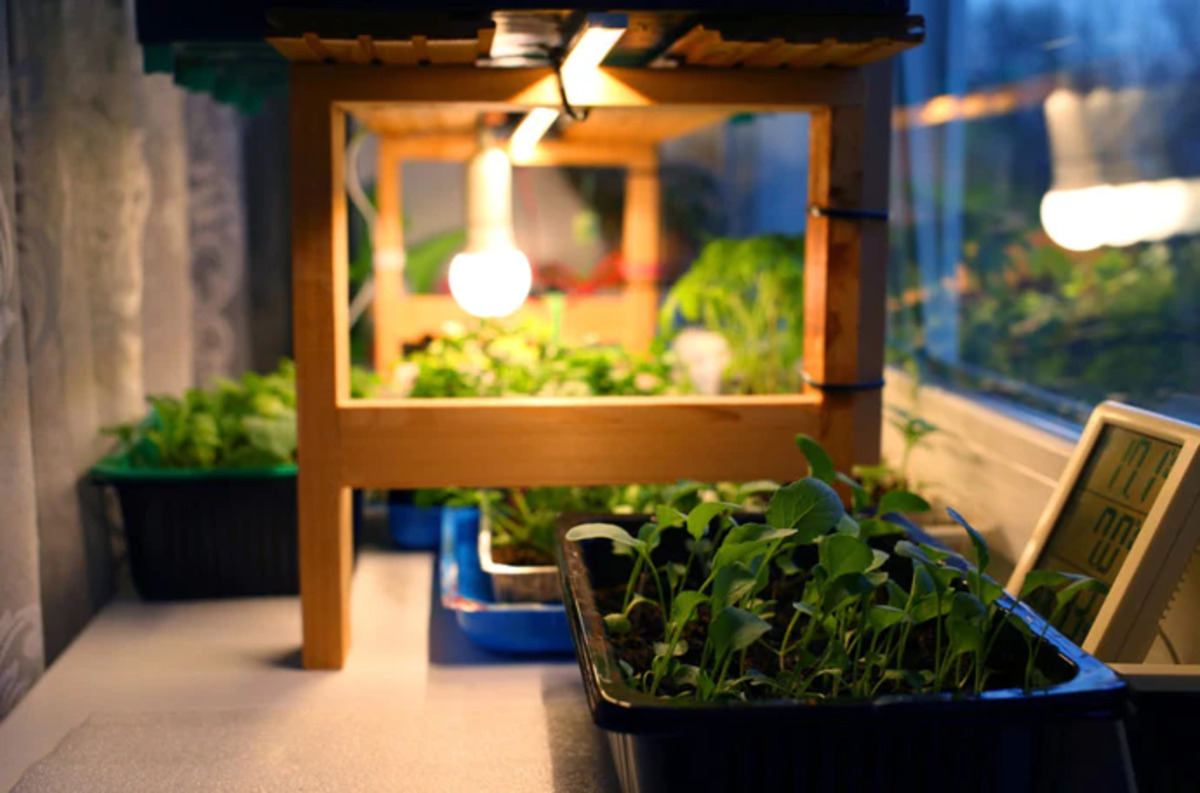
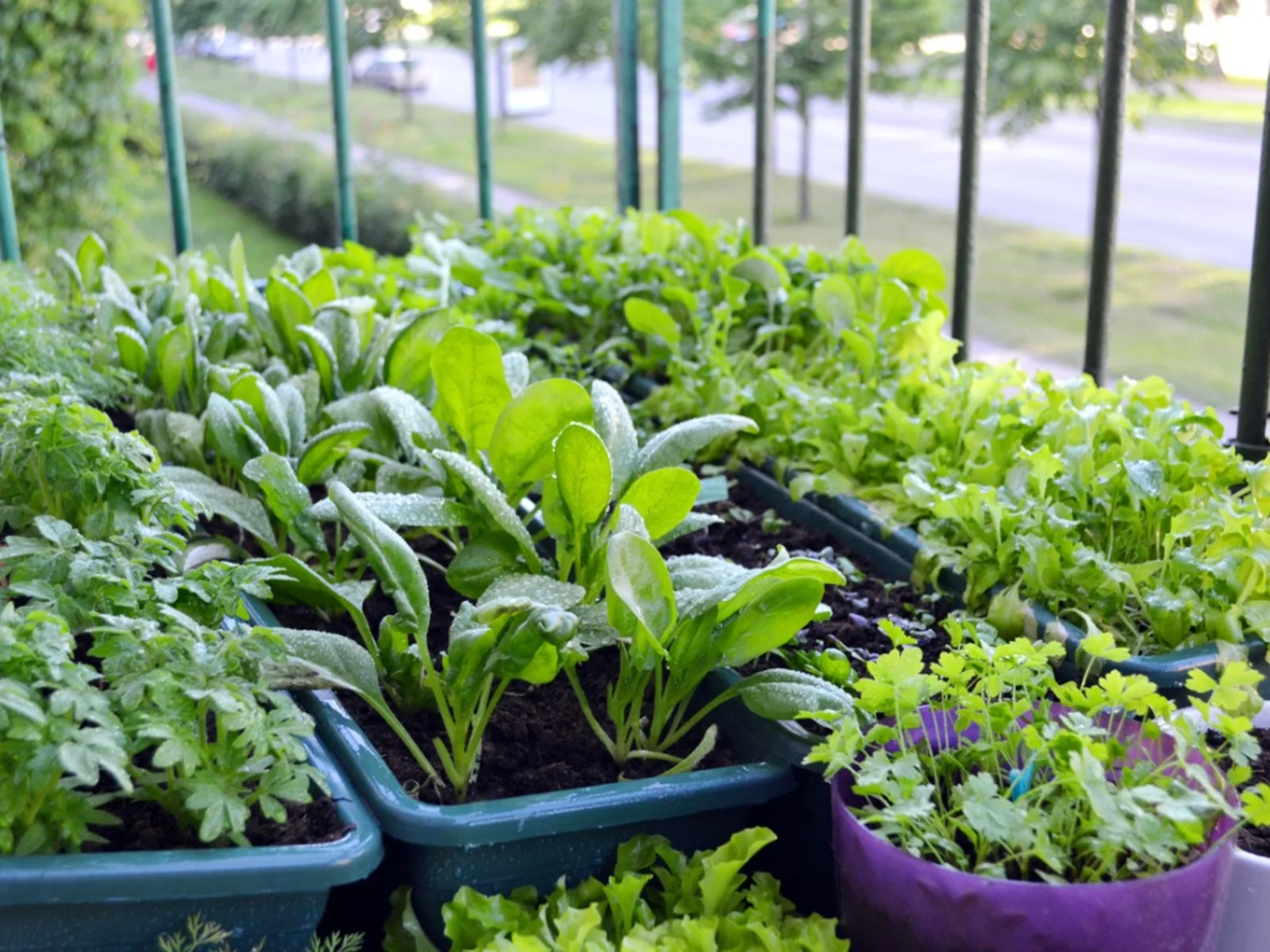
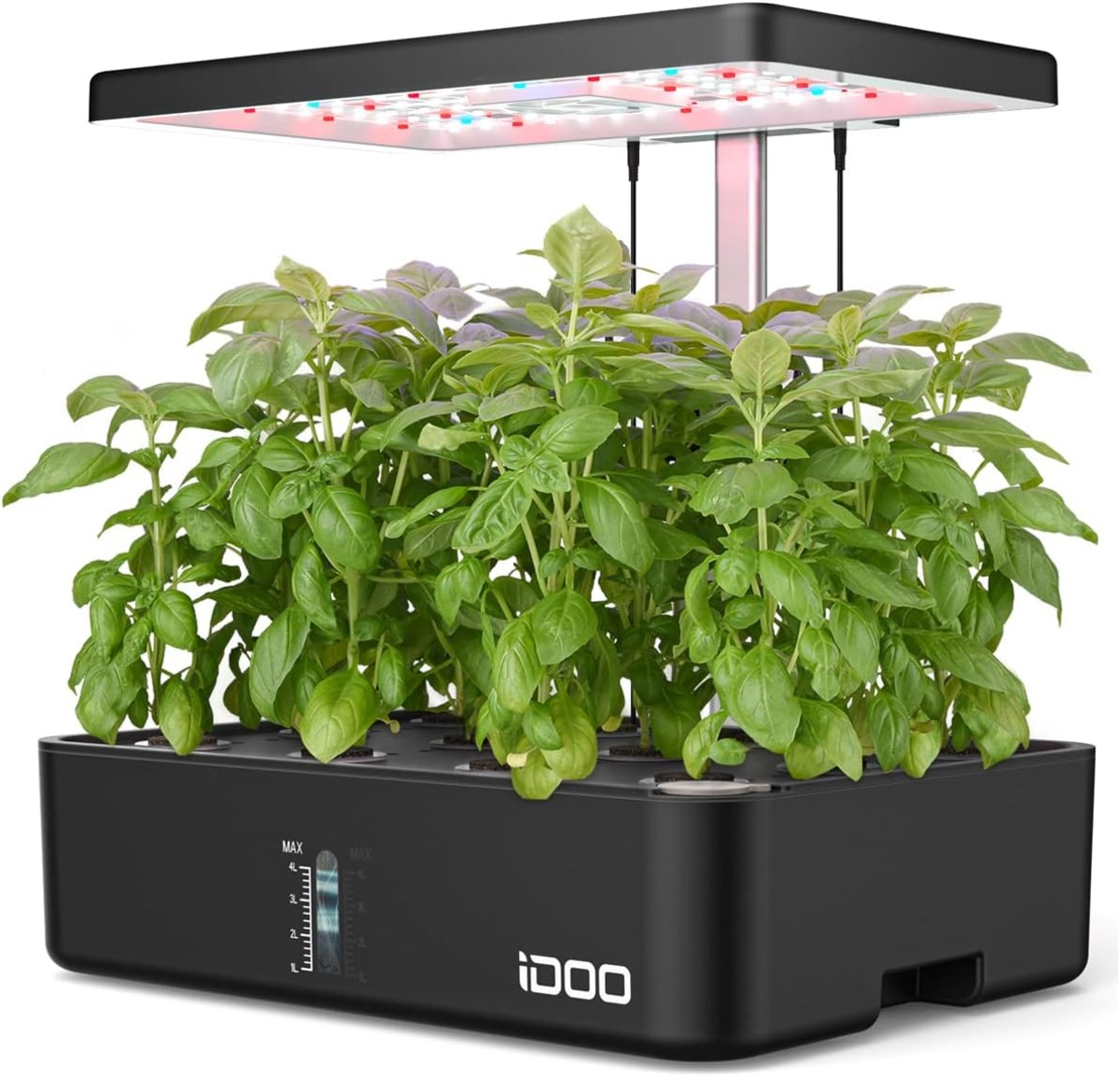
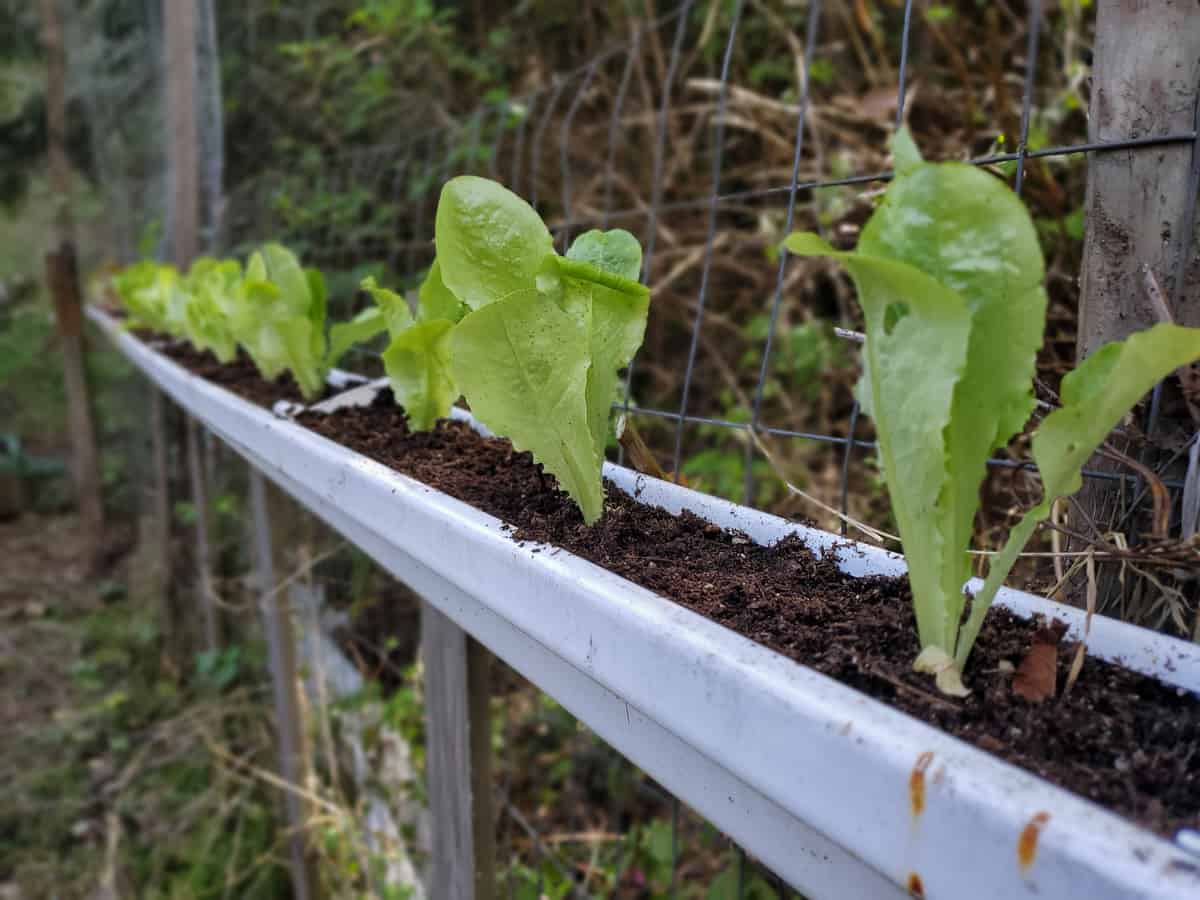

0 thoughts on “How To Grow Garden”